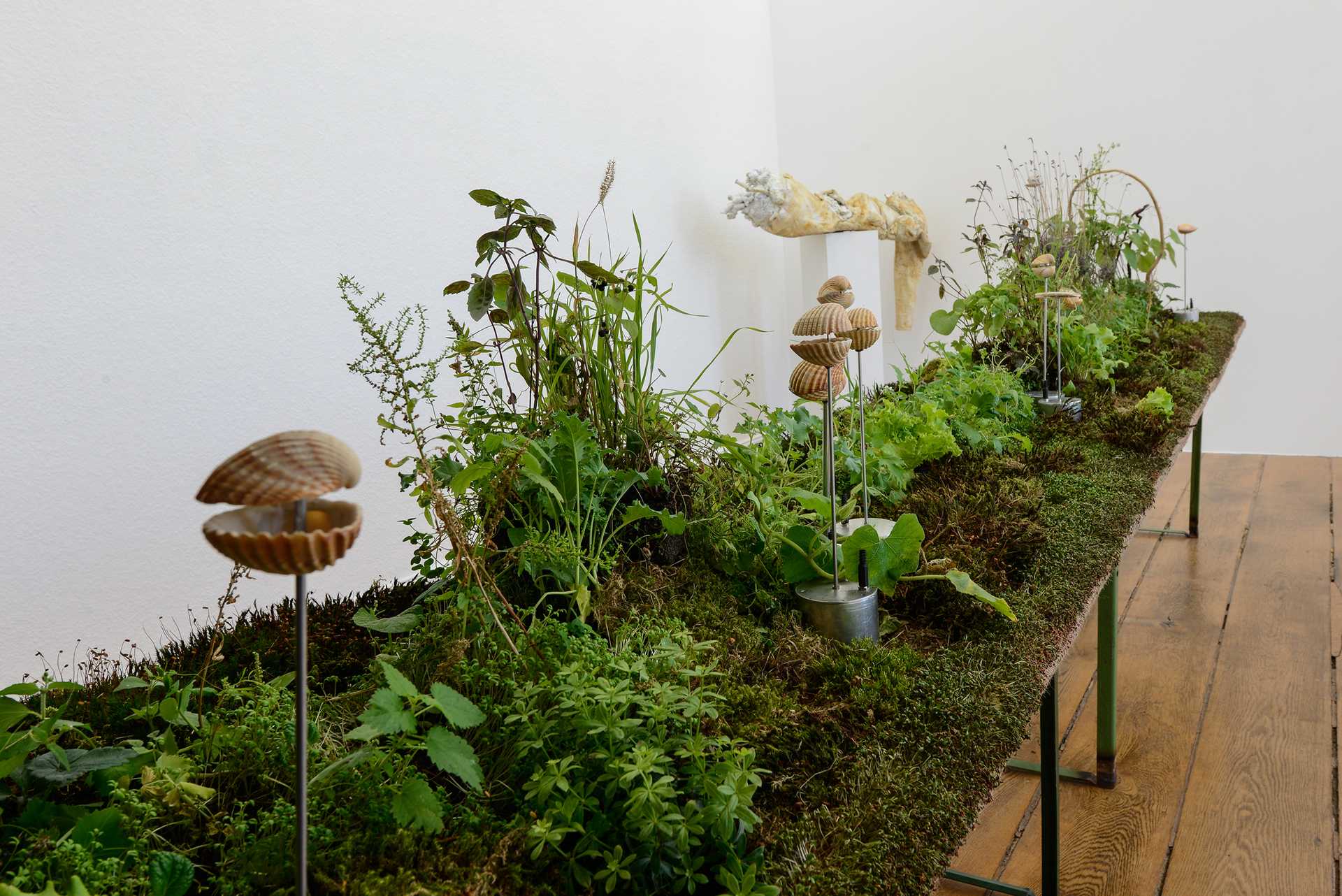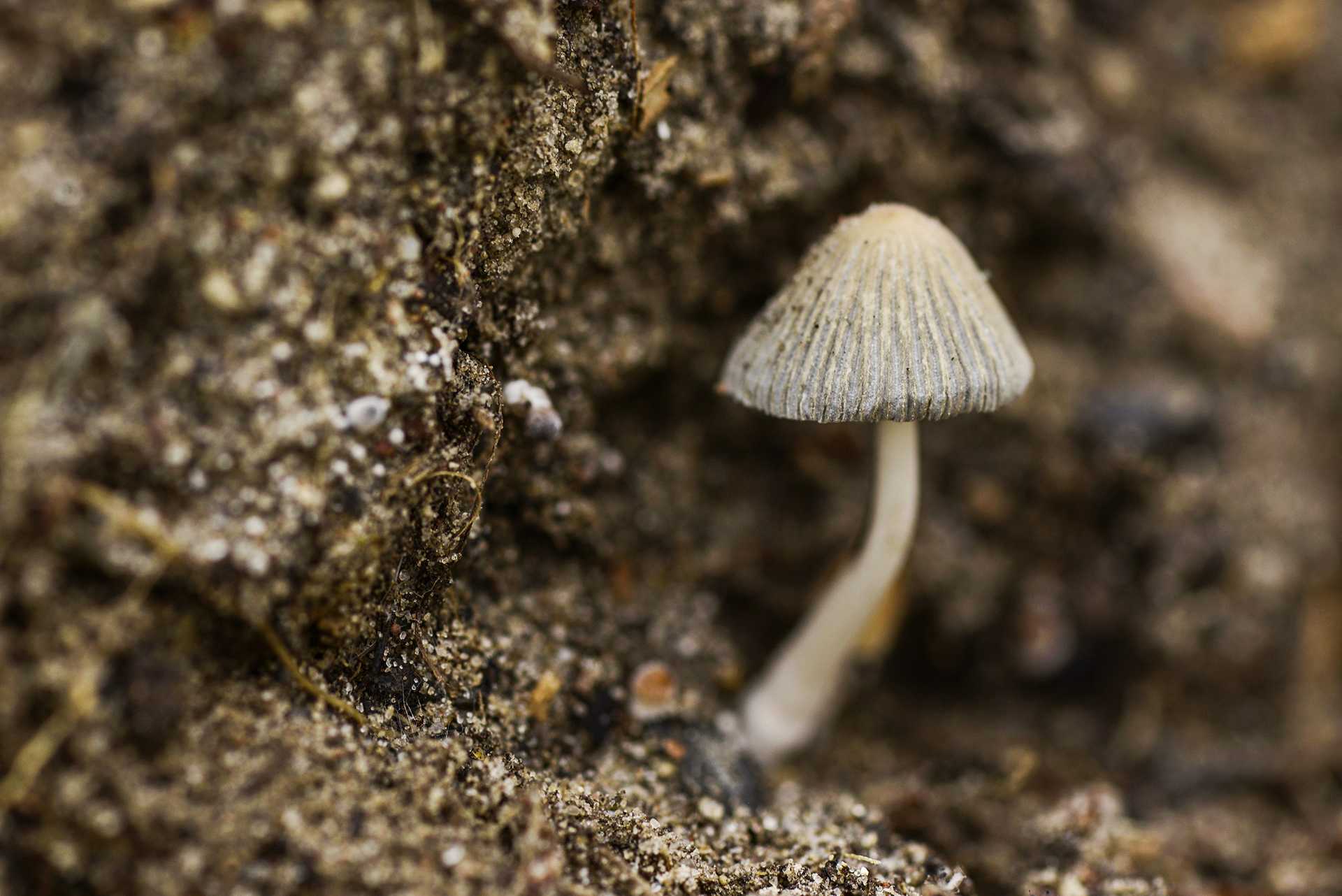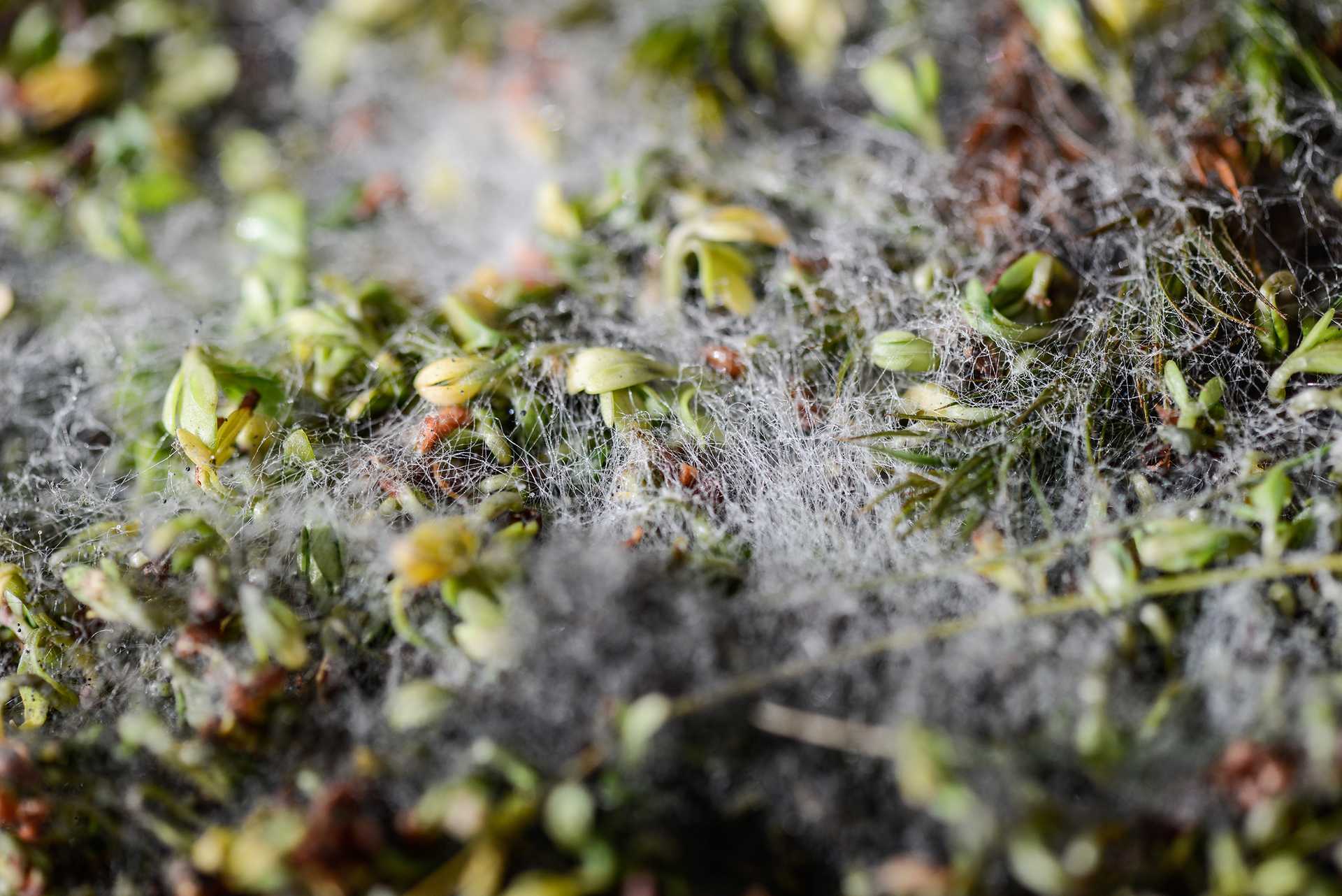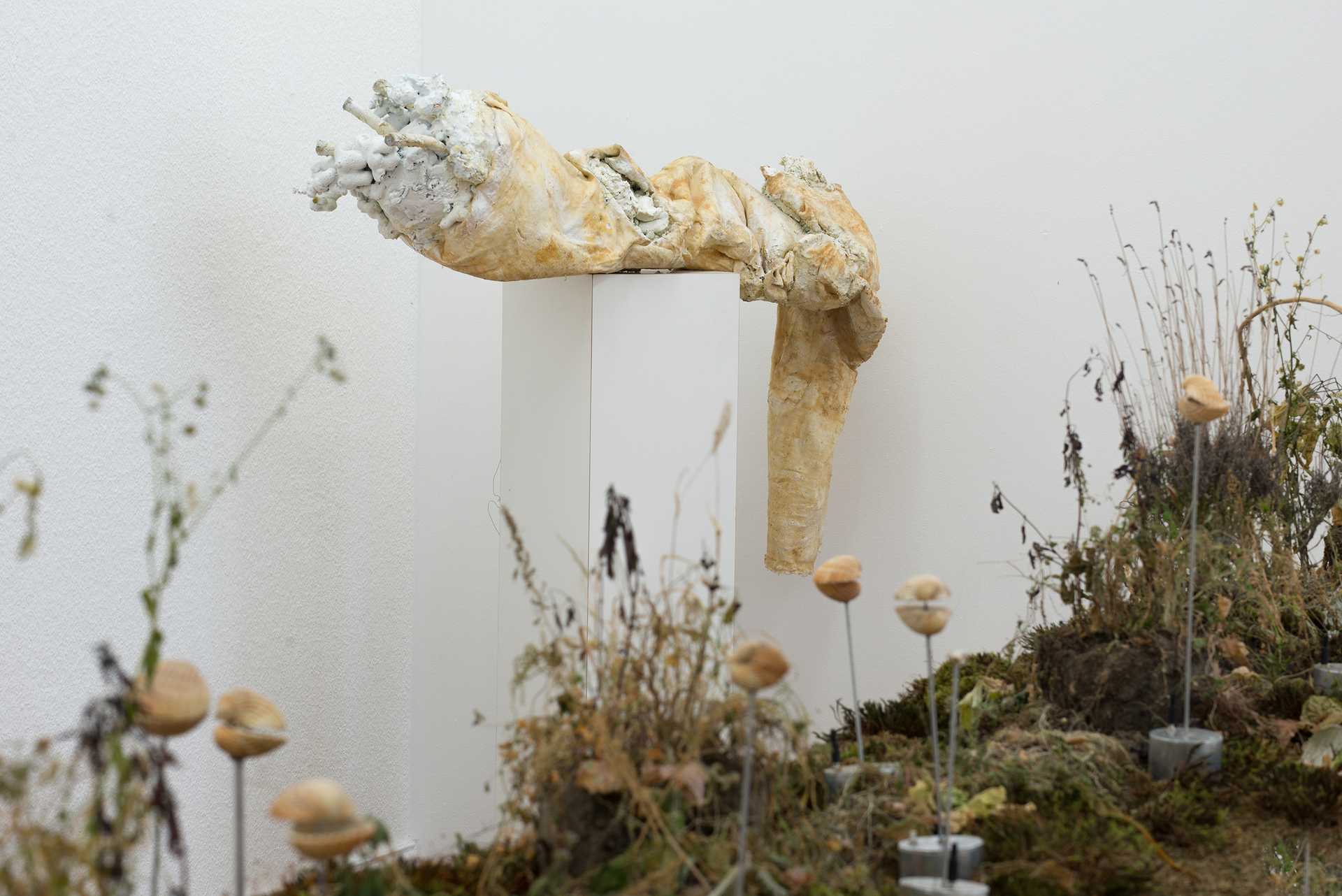Ziggy Goes Wild, 2019
After Ziggy on the Land of Drunken Trees (Gallery Wedding, Berlin 2018) and Ziggy and the Starfish. How one becomes One with a Fish (Riga International Biennial of Contemporary Art 2018), the exhibition trilogy by artist Anne Duk Hee Jordan concluded with Ziggy Goes Wild at Arnsberg Kunstverein, curated by Dr. Ursula Ströbele. Ziggy is borrowed from a fictional character from David Bowie's work (Ziggy Stardust, 1972) and embodies a bisexual and promiscuous Martian who indulges in apocalyptic thoughts about the end of the world. As a counterpart to the starfish, the invisible Ziggy by Anne Duk Hee Jordan stands for the beauty, strangeness, queerness and exoticism of the sea creatures, who are exposed to various mutations and changes in their sexuality in the face of global climate change. In her three-part story, Jordan designs the scenario of a post-anthropocentric age in which people are no longer at the center of the action and the perspective of the (not only) fascinating "others" is taken. Instead of catastrophic pictures, she chooses a wonderful, fantastic and playful-looking aesthetic that is able to captivate viewers. At the Arnsberg Kunstverein, Anne Duk Hee Jordan shows drawings, several films, including Staying with the Trouble and sculptural, kinetic objects such as Homo Stupidus Robot, a flying sea cucumber and a monumental starfish, which all seem to have a life of their own and claim the exhibition space for themselves. She recently designed a sculptural theatre set for Donna Haraway's borrowed piece by artist Carlos Manuel in Berlin, titled Unrest / Staying with the trouble (2019), a speculative fable about the connection between humans and monarch butterflies. She is now showing the film for the first time in the Kunstverein. In her book of the same name, feminist and science theorist Haraway conjures up new forms of kinship for life after the Anthropocene. Neither technological euphoria nor an apocalyptic mood of the end are the solution, instead we only have a chance if we remain restless, question old hierarchies and values and continue to live as so-called “symbiotes” in the future - thoughts that play an important role in Jordan's artistic oeuvre. Haraway describes this “becoming involved” with other species as sympoiesis and focuses on the displaced of our planet, such as the indigenous population or extinct animal species. The centerpiece of Anne Duk Hee Jordan's exhibition is the expansive work Into the Wild, a social food sculpture, an exuberant table that consists of edible herbs, roots, various types of vegetables and other, partly forgotten plants - framed by a clattering mussel choir (Clapping Clams, 2018). In a conceptual performance, visitors will eat it collectively. Over the course of the term, the remains will increasingly decay, rot and finally composted and return to the organic cycle as fertile humus. ‘Human’ does not come from ‘homo’, but from ‘humus’, says Haraway in her ecological ethics, which, with the composting strategy, addresses the recycling of previous, used materials, which decomposes to produce a new ‘product’. So in the end, are we nothing more than compost, as Haraway suspects? "We are compost, not post human; we inhabit the humusities, not the humanities." Anne Duk Hee Jordan asks these and comparable questions in her diverse oeuvre and thus stimulates a reflection of our relationship with the environment and its different inhabitants of the earth, which have long since made a separation between nature and culture obsolete.
Text: Ursula Ströbele Photo credits: Heiner Lieberum Production: Andrea Macias-Yañez Technic: Andreas Marschscheffel










